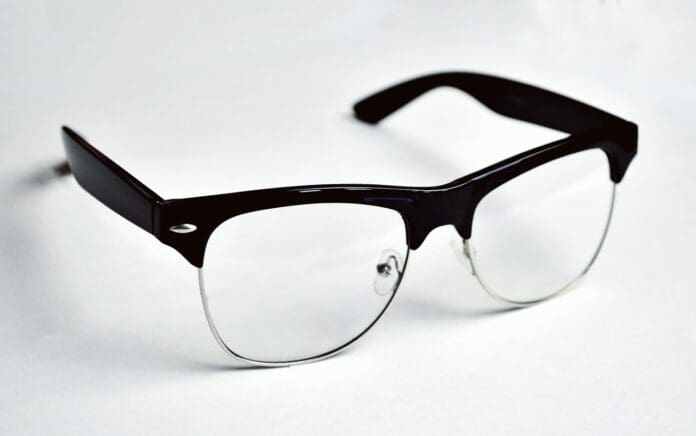This post is also available in:
 עברית (Hebrew)
עברית (Hebrew)
The tragic truck attack in New Orleans on New Year’s Day, which claimed 14 lives, has revealed startling new details about the use of wearable technology in premeditated crimes. According to the FBI, the suspect, Shamsud-Din Jabbar, visited the city twice before the attack, recording footage of the French Quarter with Meta’s smart glasses.
Meta’s smart glasses, a product developed in collaboration with Ray-Ban, are designed to look like regular eyeglasses, making them discreet while allowing users to capture photos and videos hands-free. These glasses, launched in 2023, feature a built-in camera and speakers and can also connect to Meta’s AI assistant. This allows users to interact with the glasses using simple voice commands, buttons, or gestures. Additionally, the glasses support livestreaming, enabling users to broadcast their environment in real time.
During his visits to New Orleans in October and November, Jabbar used the Meta glasses to record video as he cycled through the French Quarter. In the footage shared by the FBI, Jabbar appears to map the area, possibly scouting for an escape route, while paying close attention to his surroundings. The glasses allowed him to capture detailed footage discreetly, without drawing suspicion.
On the day of the attack, Jabbar was once again wearing the Meta smart glasses, though he did not activate the livestreaming feature. The FBI confirmed that the glasses were recovered from the suspect after he was fatally shot by police.
Meta’s smart glasses are equipped with an LED privacy indicator to alert bystanders when the wearer is recording, a feature that cannot be disabled. However, this is something that can be easily hidden with a piece of tape. While these glasses are not augmented-reality devices (which typically have displays built into the lenses), Meta has hinted at future products that will offer AR capabilities, such as the upcoming “Orion” glasses.
This incident highlights the potential security concerns associated with wearable technologies, particularly those that allow individuals to record and livestream undetected.


























